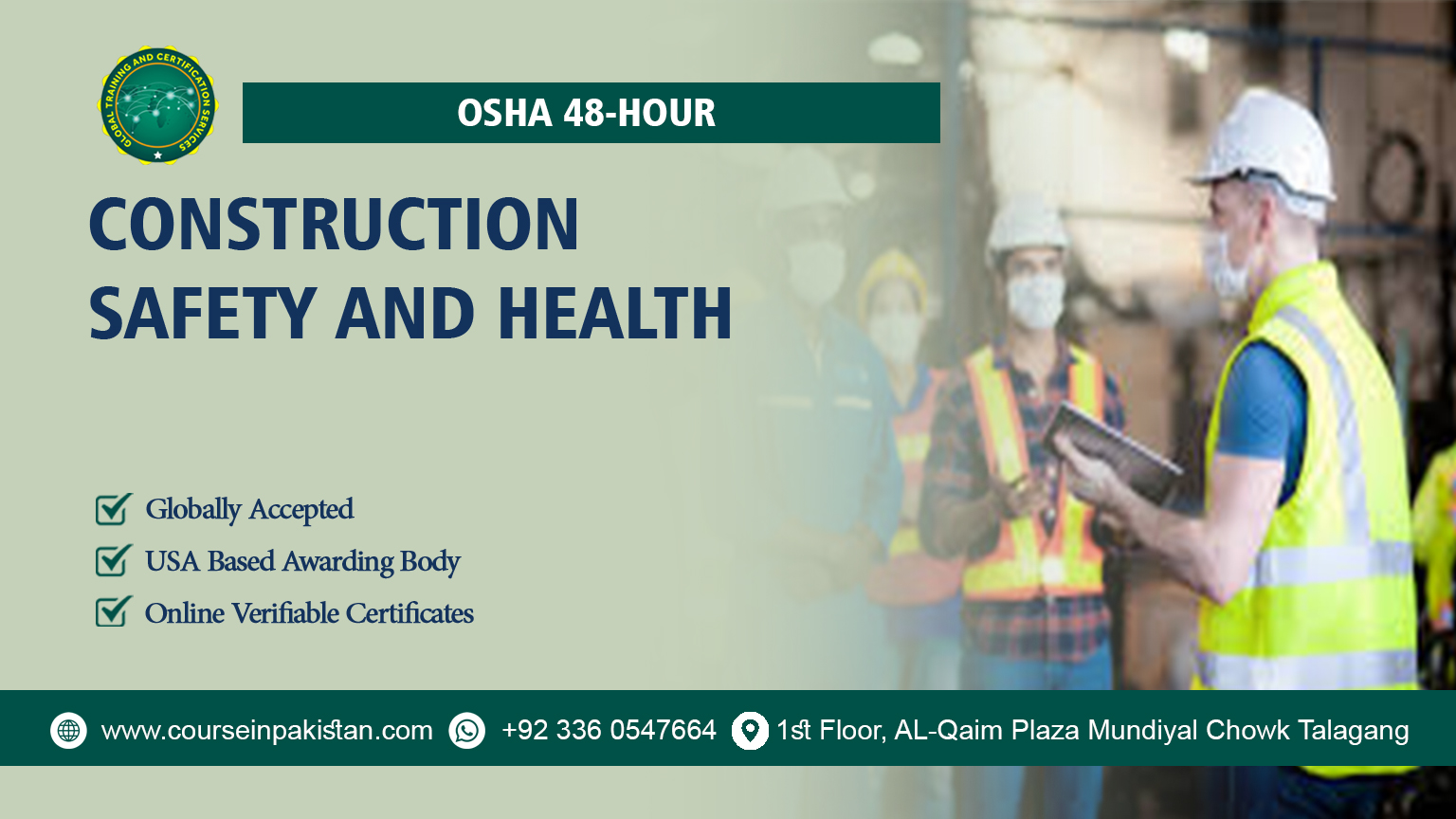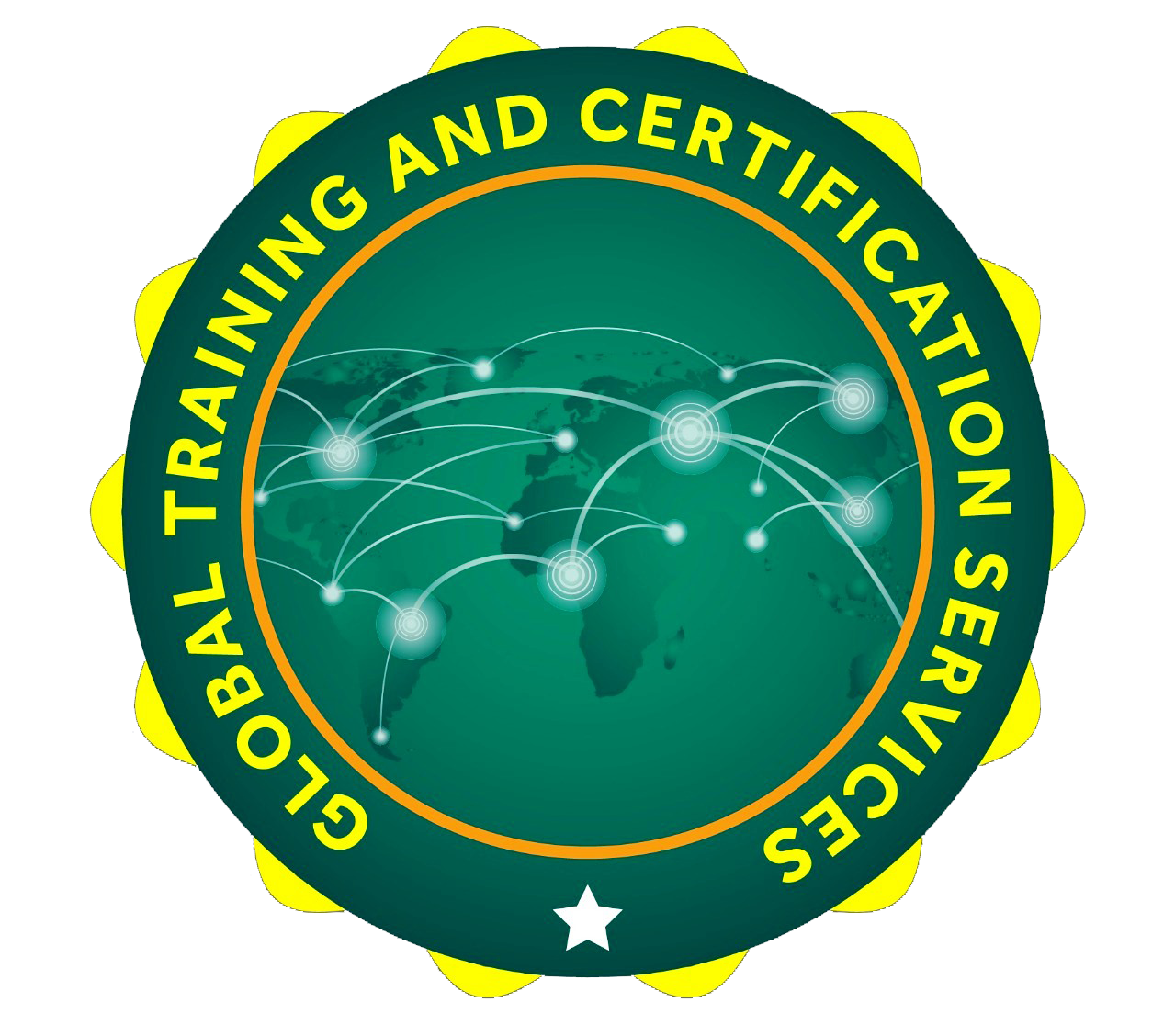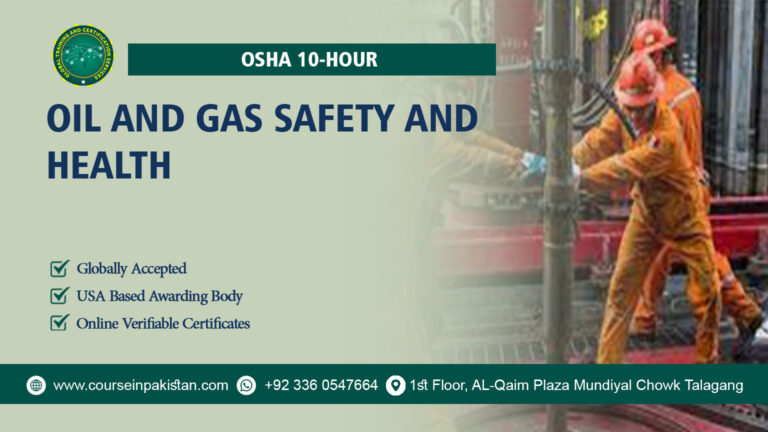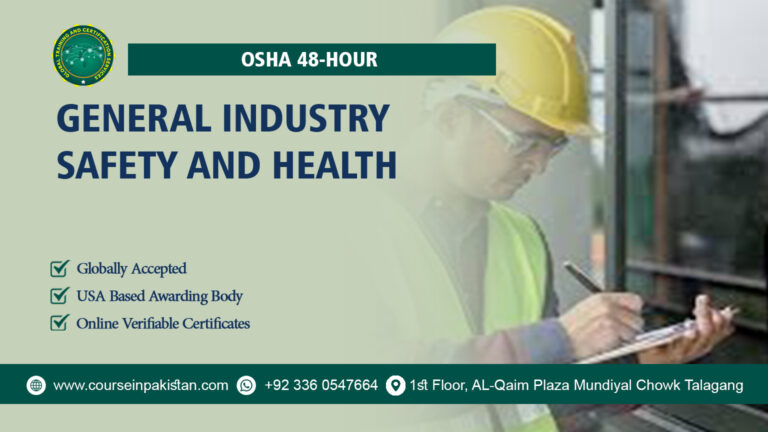
OSHA 48-Hour Construction Safety and Health
Safety is a cornerstone of successful construction projects, and ensuring that every worker understands and adheres to safety protocols is crucial. The Occupational Safety and Health Administration (OSHA) offers a robust training opportunity through its 48-Hour Construction Safety and Health course.
The OSHA 48-Hour Construction Safety and Health course is a focused program designed to provide a foundational understanding of safety and health practices specific to the construction industry. This intensive course covers key aspects of construction safety, helping participants recognize hazards, comply with OSHA regulations, and promote a safe working environment. It’s ideal for individuals looking to gain a comprehensive introduction to construction safety in a condensed timeframe.
The 48-Hour Construction Safety and Health course is structured to deliver practical and actionable knowledge over a short period. The curriculum encompasses essential topics related to safety management, hazard identification, and compliance with OSHA standards. The course combines lectures, interactive discussions, and real-world scenarios to ensure participants can effectively apply what they learn to their daily work.
Course Benefits
Participating in the OSHA 48-Hour Construction Safety and Health course offers several key benefits:
- Foundational Knowledge: Acquire a solid understanding of construction safety principles and OSHA regulations, which is critical for maintaining a safe work environment.
- Enhanced Hazard Recognition: Develop skills to identify common construction hazards and implement effective control measures to mitigate risks.
- Regulatory Compliance: Learn how to ensure compliance with OSHA standards, helping to avoid potential fines and legal issues associated with non-compliance.
- Career Advancement: Gain a recognized OSHA certification that can enhance your resume and open doors to more advanced positions within the safety and construction management fields.
- Practical Application: Benefit from hands-on learning and real-world examples that make it easier to apply safety practices on the job.
Course Study Units
The course is divided into several key study units, each focusing on different aspects of construction safety:
- Introduction to Construction Safety and Health
- Hazard Assessment and Risk Management
- Personal Protective Equipment (PPE)
- Site Security and Access Control
- Emergency Preparedness
- Tool and Equipment Safety
- Fall Protection
- Health Monitoring and Worker Well-Being
- Daily Safety Meetings and Continuous Improvement
- Leveraging Technology for Safety
Learning outcomes
Upon successful completion of the OSHA 48-Hour Construction Safety and Health course, participants will be able to:
-
Introduction to Construction Safety and Health
- Understand Safety Fundamentals: Gain a foundational understanding of construction safety principles and the role of OSHA regulations in maintaining a safe work environment.
- Recognize Key Regulations: Identify and interpret key OSHA regulations and standards relevant to the construction industry.
- Implement Basic Safety Protocols: Apply essential safety protocols and practices to promote a safe and compliant construction site.
Hazard Assessment and Risk Management
- Identify Common Hazards: Effectively identify and categorize common construction site hazards, including physical, chemical, and ergonomic risks.
- Conduct Risk Assessments: Perform comprehensive risk assessments to evaluate potential hazards and their impacts.
- Develop Mitigation Strategies: Create and implement risk management strategies and control measures to minimize or eliminate identified hazards.
Personal Protective Equipment (PPE)
- Select Appropriate PPE: Understand the types of PPE required for various construction tasks and environments and select appropriate equipment.
- Proper Use and Maintenance: Learn the correct procedures for using, maintaining, and storing PPE to ensure its effectiveness and longevity.
- Educate on PPE Requirements: Train workers on the importance of PPE and proper usage to ensure compliance and enhance safety.
Site Security and Access Control
- Implement Site Security Measures: Develop and enforce site security protocols to protect against unauthorized access and potential security threats.
- Manage Access Control: Establish and manage access control systems to ensure that only authorized personnel are allowed on construction sites.
- Respond to Security Incidents: Effectively respond to and manage security incidents or breaches to maintain a safe work environment.
Emergency Preparedness
- Develop Emergency Plans: Create comprehensive emergency preparedness plans tailored to construction site needs and potential scenarios.
- Coordinate Response Actions: Coordinate and implement emergency response actions effectively to manage incidents and minimize impact.
- Conduct Drills and Training: Organize and execute emergency drills and training sessions to ensure preparedness and enhance response capabilities.
Tool and Equipment Safety
- Ensure Tool Safety: Understand safety practices related to the use and maintenance of construction tools and equipment.
- Conduct Equipment Inspections: Perform regular inspections of tools and equipment to identify and address potential safety issues.
- Implement Safety Procedures: Develop and enforce safety procedures for tool and equipment use to prevent accidents and injuries.
Fall Protection
- Understand Fall Protection Systems: Gain knowledge of fall protection systems and standards, including the types and applications of fall protection equipment.
- Implement Fall Protection Measures: Apply appropriate fall protection measures and practices to safeguard workers from fall-related accidents.
- Inspect and Maintain Systems: Conduct regular inspections and maintenance of fall protection systems to ensure their effectiveness and compliance with regulations.
Health Monitoring and Worker Well-Being
- Identify Health Risks: Recognize common health risks associated with construction work, including exposure to hazardous materials and environmental conditions.
- Implement Health Monitoring Programs: Develop and implement health monitoring programs to track and address workers’ health and well-being.
- Promote Worker Wellness: Create initiatives and practices to support and enhance the overall health and wellness of construction workers.
Daily Safety Meetings and Continuous Improvement
- Conduct Effective Safety Meetings: Organize and lead daily safety meetings to communicate safety issues, updates, and best practices.
- Encourage Continuous Improvement: Foster a culture of continuous improvement by encouraging feedback, reviewing safety performance, and implementing enhancements.
- Monitor Safety Performance: Track safety performance metrics and make data-driven decisions to improve safety practices and outcomes.
Leveraging Technology for Safety
- Utilize Safety Technology: Explore and implement technology solutions that enhance safety, such as digital safety tools, monitoring systems, and data analysis.
- Integrate Tech Solutions: Integrate technology into safety practices to improve hazard detection, compliance monitoring, and incident reporting.
- Evaluate Tech Effectiveness: Assess the effectiveness of technology solutions and continuously adapt to advancements that enhance construction safety.
These learning outcomes ensure that participants in the OSHA 48-Hour Construction Safety and Health course acquire practical skills and knowledge necessary for maintaining a safe and compliant construction site.
Who Is This Course For?
The OSHA 48-Hour Construction Safety and Health course is ideal for:
- Safety Professionals: Individuals responsible for overseeing and managing safety on construction sites.
- Construction Managers and Supervisors: Those who need a foundational understanding of safety practices to effectively lead and manage teams.
- Project Managers: Professionals involved in construction projects who require knowledge of safety regulations and practices.
- Workers Seeking Certification: Construction workers aiming to enhance their safety knowledge and advance their careers.
Future Progression for This Course
Completing the OSHA 48-Hour Construction Safety and Health course can pave the way for further professional development:
- Advanced Safety Certifications: Pursue additional OSHA certifications or specialized training in areas such as industrial hygiene or advanced safety management.
- Leadership Roles: Transition into advanced safety roles, such as Safety Manager or Compliance Officer, with a solid foundation in safety practices and regulations.
- Specialized Training: Engage in specialized training programs focusing on specific aspects of construction safety, such as confined spaces or hazardous materials.
- Continuing Education: Stay updated with ongoing education and training to keep up with evolving safety standards and industry best practices.
, the OSHA 48-Hour Construction Safety and Health course provides a comprehensive introduction to essential safety practices and regulations within the construction industry. By equipping participants with foundational knowledge and practical skills, this course plays a vital role in promoting safety and ensuring compliance on construction sites. Whether you’re a safety professional, manager, or worker, this course offers valuable insights and certification that can enhance your career and contribute to a safer work environment.





